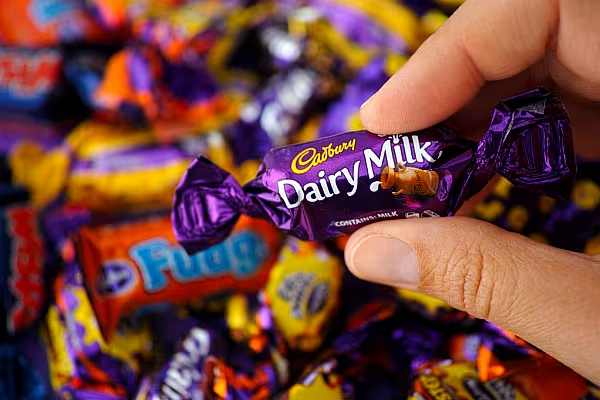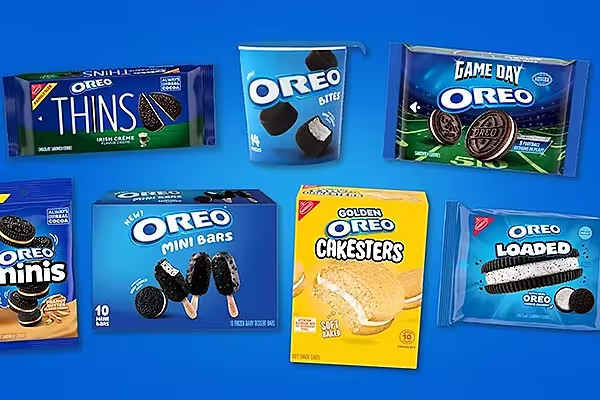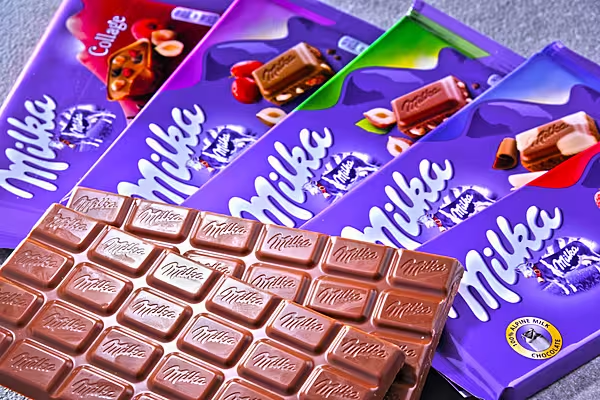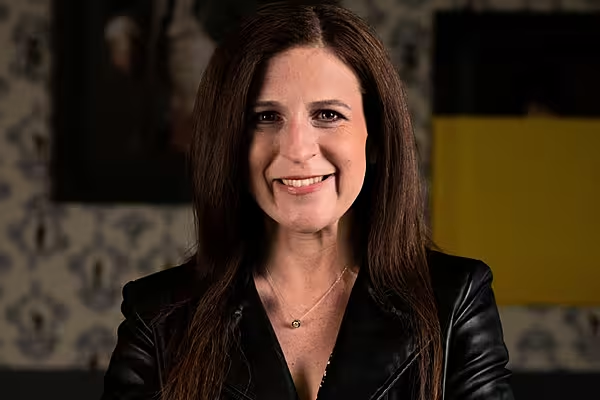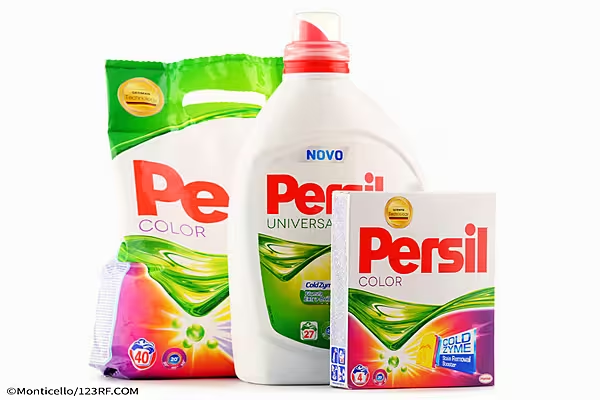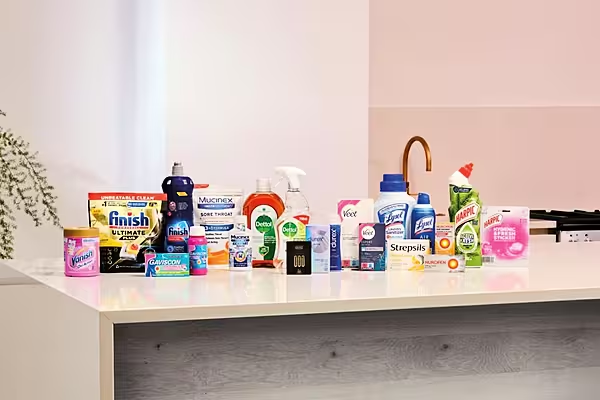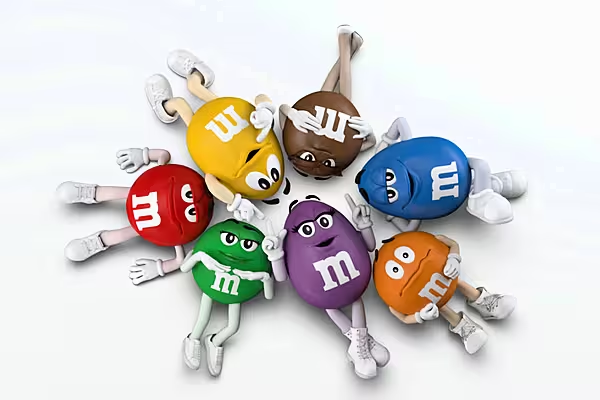Mondelez International Inc. wanted Hershey Kisses and Reese’s Pieces. The global snack giant will have to settle for Oreo candy bars instead.
After abandoning a bid last month to acquire Hershey Co., Mondelez is making its own play for U.S. chocolate consumers. The Deerfield, Illinois-based company will roll out Oreo-branded candy bars -- already available in some countries overseas -- in an attempt to crack a domestic market where it has little presence.
The Oreo candy bars, made with Milka-branded chocolate, will start to hit U.S. stores in October and will be available nationally in 2017, according to the company. As part of the American chocolate push, Mondelez also will put its premium Green & Black’s brand in more U.S. stores. The company is creating a new line of products under the brand that will be made without artificial ingredients and genetically modified organisms.
Mondelez, which owns the Cadbury brand overseas, is the second-largest seller of chocolate in the world. But its U.S. candy business remains small -- a weak spot that the Hershey acquisition was meant to address. With the two sides failing to agree on a deal, Mondelez is hoping its best-selling cookie brand can become a Hershey rival.
“Nowhere is Oreo stronger than in the U.S.,” Tim Cofer, the company’s chief growth officer, said in an interview. “We think this will drive the mainstream chocolate category in the U.S.”
Cookie Bits
The Oreo candy bars, currently distributed in about 20 countries worldwide, are made with creme filling and bits of the namesake cookies, covered in Milka chocolate. There is also a version that features an Oreo cookie in the center of the chocolate bar, with creme on either side. Though Mondelez has planned to sell Oreo candy bars in the U.S. for months, the Hershey misfire may have added urgency to the push.
Sluggish economic conditions in key international markets also are putting pressure on Mondelez to seek growth in its home country. The company was split off from Kraft Foods in 2012 to focus on offshore opportunities, and it still generates more than 70 percent of its revenue outside North America. But currency fluctuations and weaker growth in emerging markets have made the U.S. look more attractive.
No Deal
Mondelez spent at least two months trying to coax Hershey into accepting a merger, which would have created the world’s largest candy company. The transaction also would have unified the Cadbury brand, which Hershey licenses in the U.S.
Hershey rejected an initial $23 billion bid in June, and negotiations never recovered. Though Mondelez offered to raise its price to $115 a share, Hershey wanted at least $125, a person familiar with the discussions said. Turmoil at the Hershey Trust Co., a nonprofit organization that controls the company, also hampered a potential deal.
That led Mondelez Chief Executive Officer Irene Rosenfeld to walk away from the talks. Still, the company remained determined to go after what Cofer calls a “geographic white space.”
Mondelez generated about $50 million in net revenue from its U.S. chocolate business last year, with most of that coming from the Toblerone brand. It’s a much different story for the company abroad: Mondelez posted worldwide chocolate sales of approximately $12.9 billion last year, according to Euromonitor International.
But the U.S. chocolate market isn’t an easy target. Many consumers are looking to cut down on sugar, weighing on the industry’s sales. Sluggish demand prompted to Hershey to expand into beef jerky with its Krave Pure Foods acquisition last year. The deal gave Hershey a bigger presence in high-protein snacks, which have posted strong growth in recent years.
Mondelez, however, isn’t deterred by chocolate’s slowdown, Cofer said.
“There will always be room for pleasure and indulgence, and chocolate fills that quite nicely,” he said. “It’s a huge category.”
News by Bloomberg, edited by ESM. To subscribe to ESM: The European Supermarket Magazine, click here.
